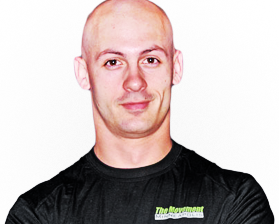I’m sure my mom imparted a lot of wisdom, but there are only maybe three things I can remember distinctly by the exact words she said. One is that I should “Put cooking fat in a can in the freezer, only idiots pour it down the sink” and another is “I’m bored is something idiots say.” Can’t imagine why I’m not known for putting things gently.
Anyway, the other piece of advice was “You’ll only ever have a few really good friends in this life, David.”
I don’t know if she meant me specifically, because she had an inkling I was on the spectrum (I doubt it, she still doesn’t think I’m on the spectrum), or if she just meant it as a general piece of life wisdom she had observed.
But I’ve always found it to be exceedingly true.
When I was in elementary school I had exactly one really good friend, Joey Liao. We spent an enormous amount of time together.
I had exactly one really good friend in my second elementary school. And then from what I recall I probably had no good friends in middle school because of when I changed schools.
In high school I had one really good friend. In college I had one really good friend.
And so on. As an adult, free from the narrow corridors and structure of schools I’ve got just a few really good friends, besides my wife who is truly one of my best friends.
Beyond that I’ve always felt like I KNOW a lot of people, but it’s always been true for me that the really good friends are few and far between.
This advice my mom gave me comes to mind from time to time, especially when I bump into reference to the spoken and unspoken “rules” about friendship. You should have a lot of friends! Your closest friends should be most like you, similar or same in age and life stage!
But I find they’re the kind of things that just create stress around something you shouldn’t have any stress about.
One of my very few closest friends is 20 years older than me. I suppose on paper she’s an unlikely match, and yet she gets me better than almost anyone else I know.
So whether you have 150 really great friends, or just one, remember to value those relationships and let those people know how much they mean to you.
To your friendships,



